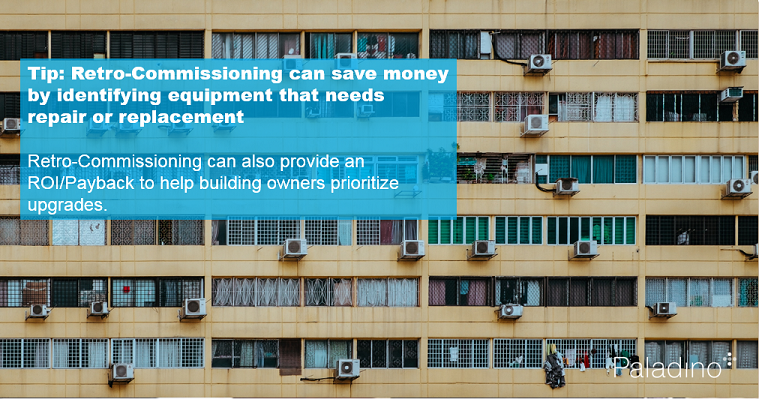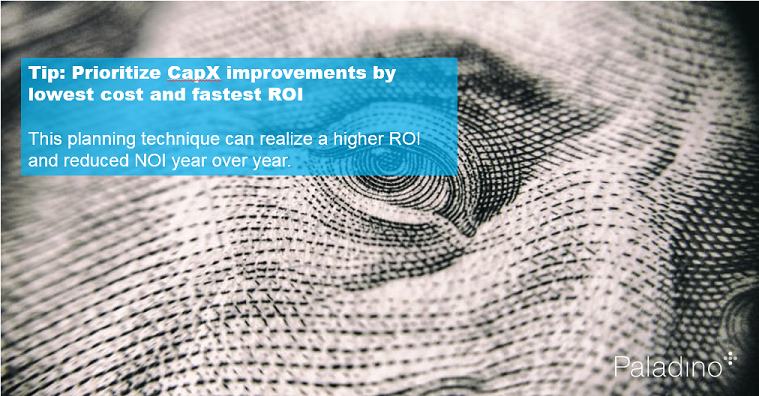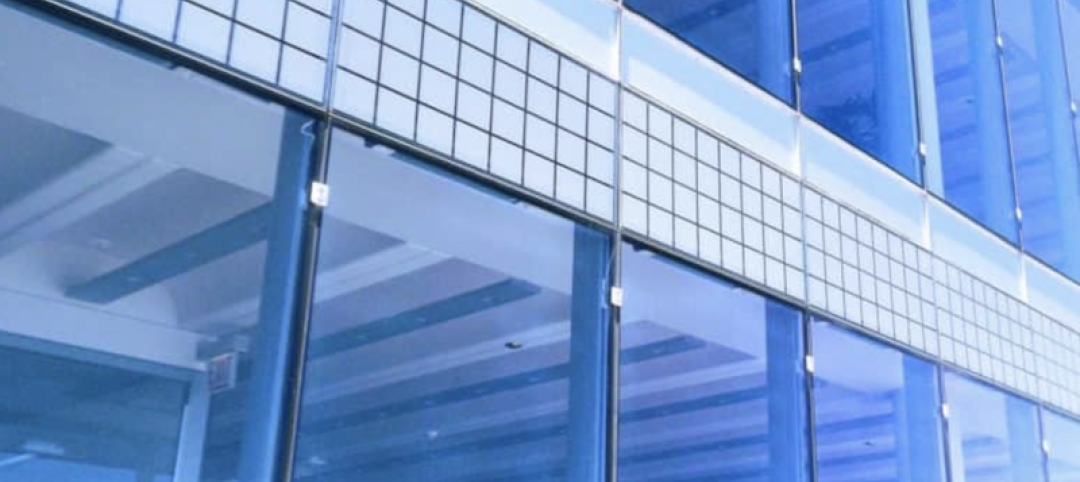What creates momentum and how do we line up our next steps?
For some, it might be the pursuit of LEED EBOM. The US Green Building Council’s LEED rating system has a specific reference guide and rating for Existing Buildings. The LEED EB O&M rating system covers six major categories:
- Sustainable sites
- Water efficiency
- Energy and atmosphere
- Materials and resources
- Indoor environmental quality
- Operational innovation
And while these categories help building operators measure performance, they don’t necessarily address all of the opportunities existing buildings can leverage to outperform the competition.
One thing to note – the recently launched Arc platform is a complement to LEED and provides an alternative path to certification for existing properties. Arc includes an electronic display typically installed in a highly visible location and shows the current performance score. Building occupants can see the score go up and down, and see that their actions have an impact. It allows operators to compare buildings and spaces to green performance metrics, and then connect those metrics to green building strategies. This alternative path to EB certification has several advantages in measuring how green tactics affect building users. Arc showcases the effect of actions by users and engages them in the sustainability story. The Arc platform also provides a streamlined way to handle project documentation.
If you want LEED EB O&M to do more for your building, then consider these four opportunities that might be hiding in plain sight:

1. Tenant mix
You already understand who you are working with, perhaps even more so than the building infrastructure. By completing a tenant inventory, you can gain insights into the kinds of sustainability activities they will support. Do they own bikes? Do they work nearby? Do they recycle? Will they tolerate construction and retrofit disruptions? Your current tenants can take out a lot of the guesswork that affects new construction plans.

2. Building infrastructure
Replacing building parts because they have reached a scheduled age for update instead of evaluating performance might mean you are spending on your property before you need to. Or worse, you’re fixing the wrong thing.If a building has been operating for several years, schedules and tenant fit-outs have probably changed operations. Consider retro-commissioning, which can save money by identifying equipment that needs repair or replacement – along with an ROI to help prioritize the actions. Keeping up with repairs will reduce utility bills and extend the life of the equipment. It presses reset on the operations and ensures that system investments in the base building are aligned with performance targets and meet current operating needs.
If you are considering retrofitting more than one building, you can gain cost efficiencies by implementing a portfolio level retro-commissioning process.

3. Community innovation
Tenants respond to the community and their experience while using the building and property. Review programs that are within walking distance of the property; uncover community events and services; survey tenants about the types of community activities they seek out. There are free and low-cost ways to build community and reinforce the building’s brand as a great place to live or work. In some cases, a third-party certification can motivate people to engage, so parts of a LEED EBOM certification could focus on policies, tenant interactions, and community connectivity.
Consider establishing a way to share a community schedule with tenants and create momentum around connecting. Leverage programs already in place is a great first step.

4. Alignment with the capital plan
Each property has a Capital Expense (CapX) budget for annual upgrades, which is sometimes copy/pasted from a previous year or based on “standard” schedule of events. Budget line items get approved, but how are the performance results back-checked? Are you getting everything you could out of every dollar? When a building owner better prioritizes CapX improvements (which are already budgeted) they can optimize the ROI and make the existing CapX budget work better for them.
The order of operations matters – Prioritize various building projects by lowest cost and fastest ROI to make a difference in how much value you get from the investment. Aligned CapX improves data, and ensures your plan is sound. This planning technique can realize a higher ROI and reduced NOI year over year.
The greenest buildings really are the ones that are already built! And you might be surprised by the creative ways that building owners and operators have reduced their carbon footprint for buildings that have been in operation for decades or even generations. Align your green retrofit program with your business values and plan responsibly.
More from Author
Paladino | Jan 10, 2022
The future of regenerative building is performance-based
Why measuring performance results is so critical, but also easier said than done.
Paladino | May 26, 2021
Injecting embodied carbon capability into the integrated design and construction process
Embodied carbon is defined as the carbon footprint of a material, and is expressed in metric tons of CO2e.
Paladino | May 12, 2021
Climate modeling for a resilient business and future
This post explores changes that developers and their teams need to make to their risk and resilience strategies by climate modeling for climate change.
Paladino | Apr 26, 2021
Building performance requirements are coming: Are you ready?
Building Performance Requirements are trending nationwide and are likely coming to a county near you.
Paladino | Feb 8, 2021
Six lessons learned from our first Fitwel Viral Response Module certification
The Fitwel Viral Response Module is one of several frameworks that real estate owners and operators can use to obtain third-party certification for their efforts ensuring their properties are ready for a safer and healthier return to work.
Paladino | Jan 14, 2021
Shift your energy to carbon
Now is the right and necessary time for the commercial real estate industry to shift its environmental strategy from just energy, a carbon contributor, to carbon itself.
Paladino | Nov 13, 2020
5 tips when designing for daylight
Daylight modeling is a tool to examine how daylight interacts with a building, and how that natural light behaves within interior spaces.
Paladino | Jul 16, 2020
COVID readiness: IWBI and USGBC seek to help businesses quantify risk
In an effort to address the risks of COVID-19 at the building scale, USGBC and IWBI have analyzed existing certification guidelines and drafted new, relevant content.
Paladino | Jun 5, 2020
3 strategies to improve the wellness of building systems and gain tenant trust
Three operational issues that must be prioritized for every building in order to achieve tenant trust are air quality/ventilation, relative humidity, and building commissioning.
















